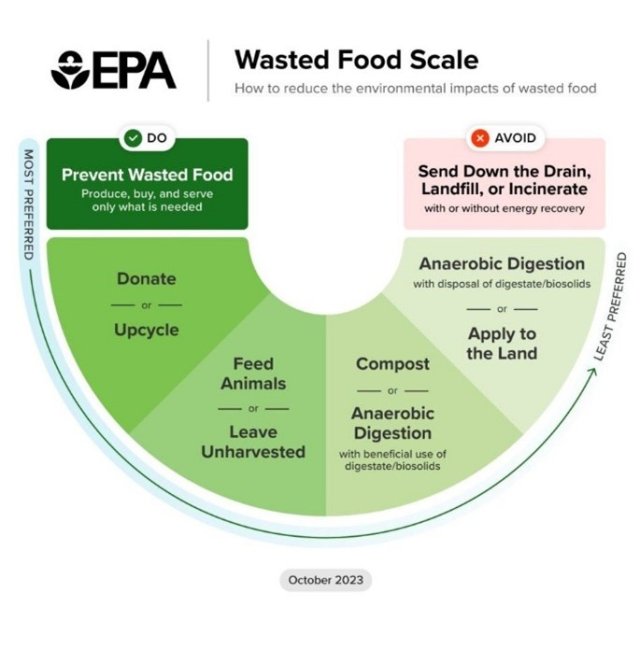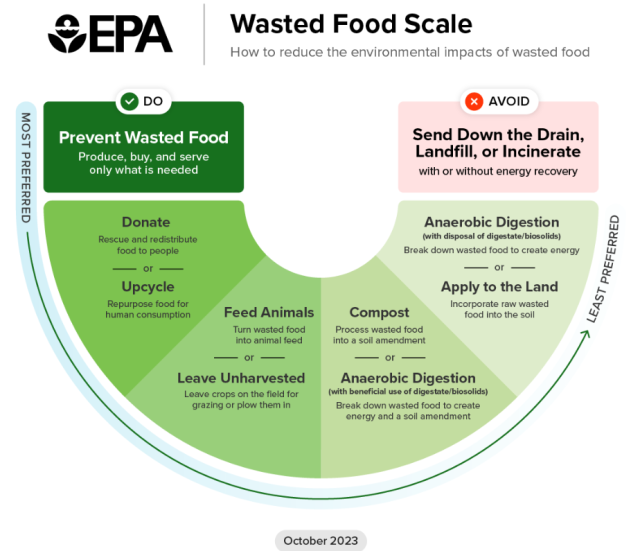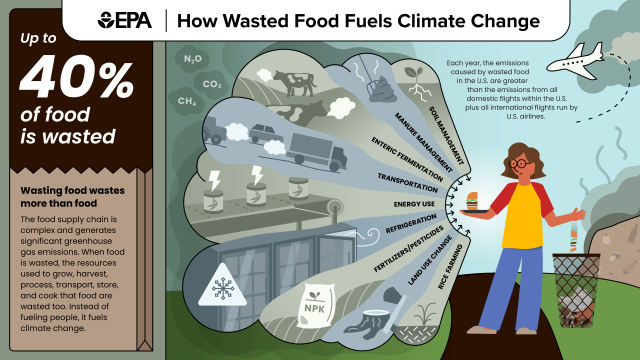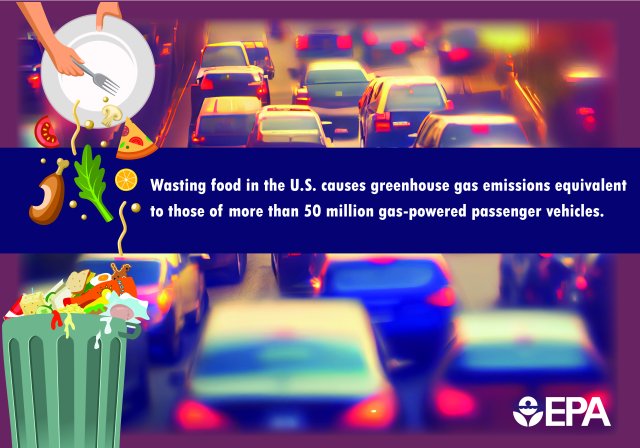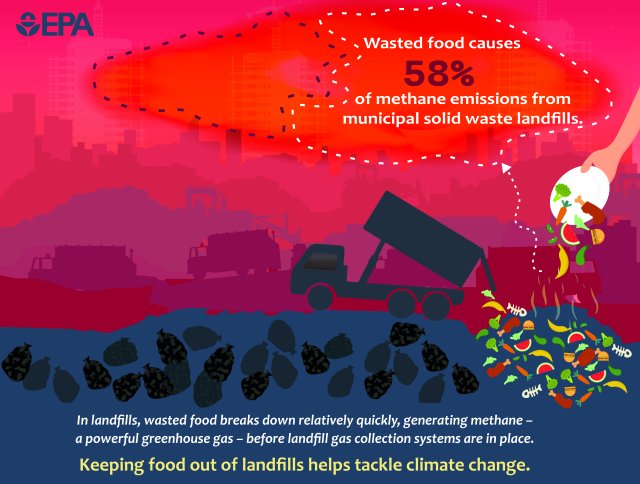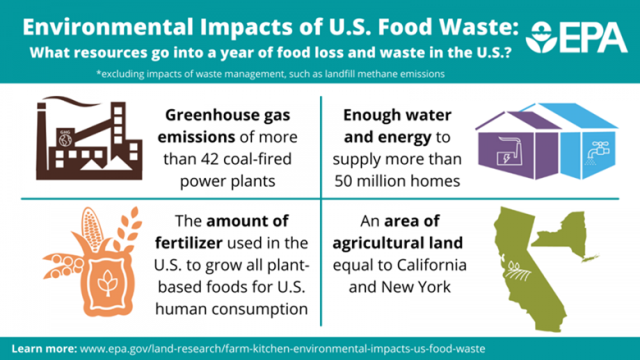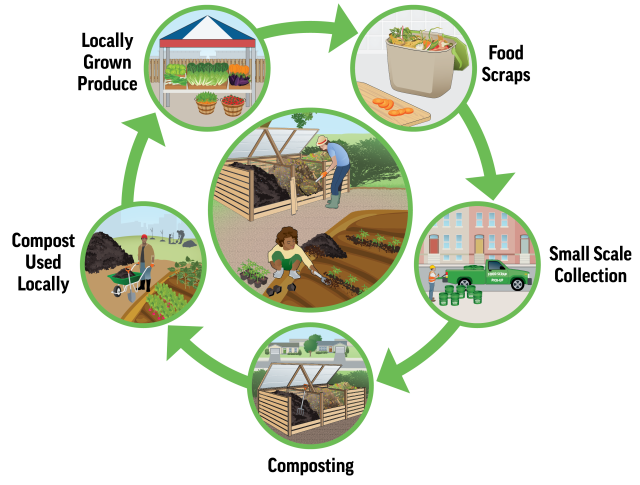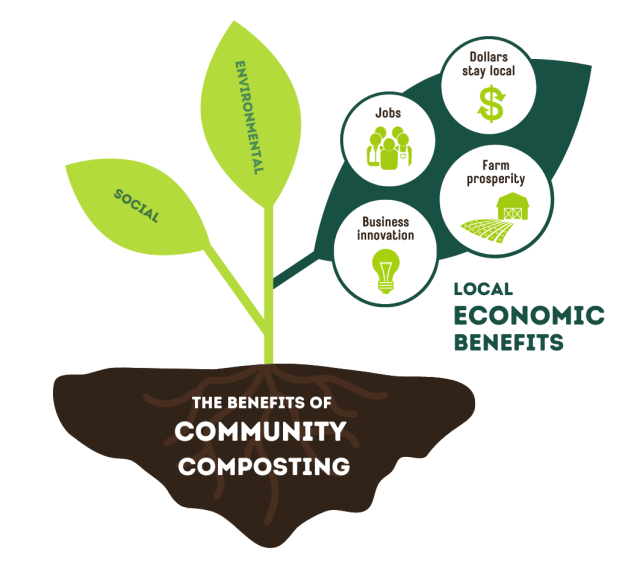Sustainable Management of Food Graphics
On this page:
- Wasted Food Scale
- National Food Loss and Waste Reduction Goal
- Environmental and Climate Impacts of Wasted Food Graphics
- Community Composting Graphics
- Resources from Our Federal Partners
We encourage anyone to use our graphics. Please credit U.S. Environmental Protection Agency. Contact smmfood@epa.gov with any questions.
Wasted Food Scale
Access simplified and detailed versions of the Wasted Food Scale in Arabic, Chinese – Simplified, Chinese – Traditional, Korean, Russian, Spanish, Tagalog and Vietnamese on the Wasted Food Scale webpage.
National Food Loss and Waste Reduction Goal
Learn about the national food loss and waste reduction goal and the "National Strategy for Reducing Food Loss and Waste and Recycling Organics."
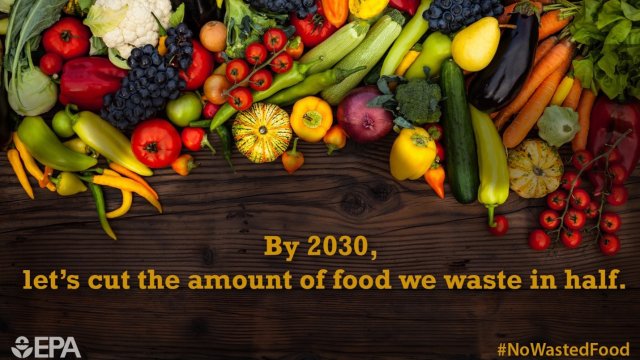
Environmental and Climate Impacts of Wasted Food Graphics
Learn about the impacts of wasted food through EPA’s food waste research.
Learn more about composting.
Community Composting Graphics
Learn more about community composting.

